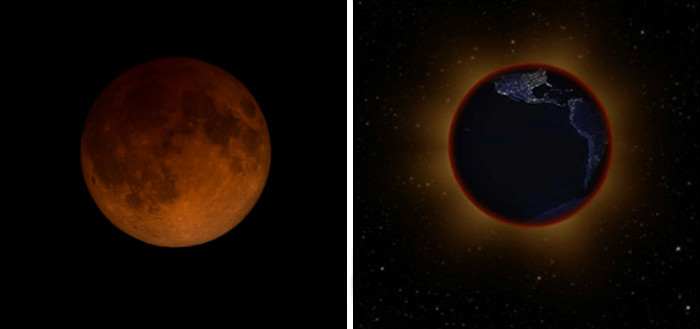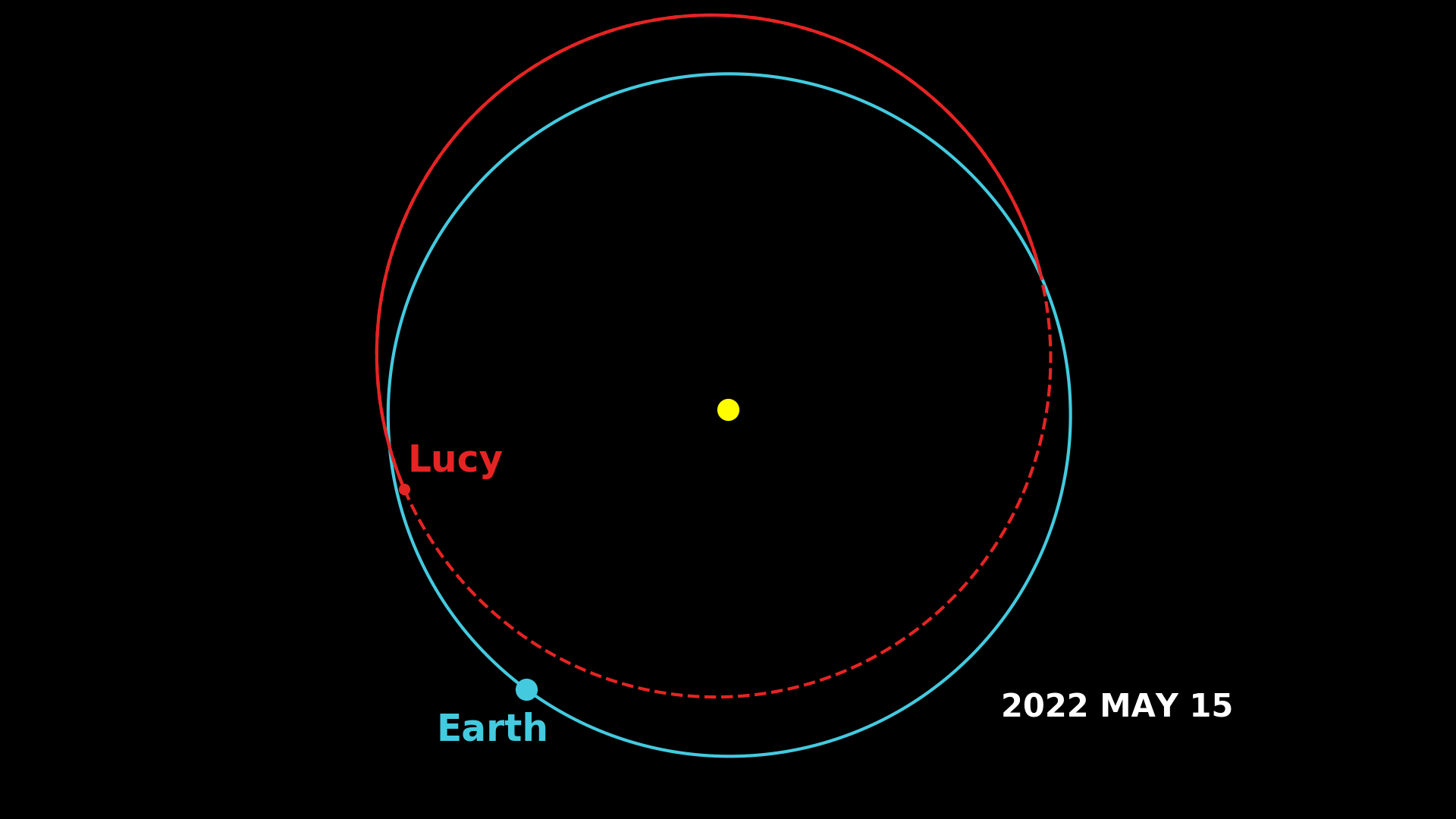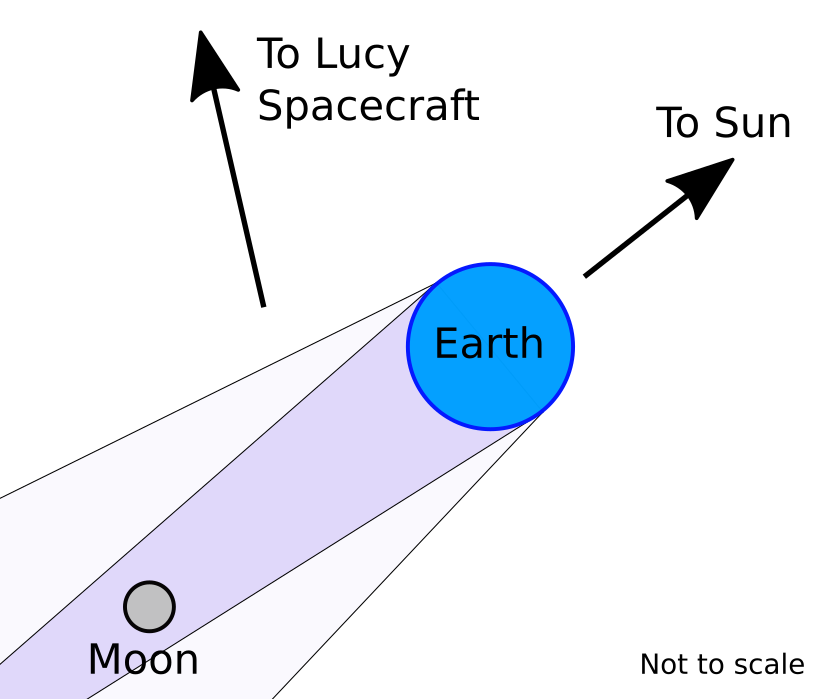Watching a Lunar Eclipse
May 12, 2022
This Sunday the planets will align. Well, not actually the planets—the Sun, Earth and Moon will align and the Moon will pass into the shadow of the Earth. If the clouds cooperate, the entire continental US will be treated to at least part of a total lunar eclipse. Head here to learn all about how you can observe this eclipse.

You may be familiar with how the Moon appears from Earth during a total eclipse. As the eclipse approaches totality, more and more of the Moon disappears from view. But once all of the Moon falls into the darkest part of the Earth’s shadow (also known as the umbra), the Moon takes on an eerie red glow. This “blood moon” appearance is caused because, at that point, the Moon is only illuminated by the small amount of orangish-reddish light that refracts through the Earth’s atmosphere. This red light bends around the Earth and shines on the Moon (which, of course, does not emit its own light). Effectively, the Moon is illuminated by all of the sunrises and sunsets all over the globe.
If you were on the moon looking back at the Earth during this eclipse, the Earth would block out the Sun. You would just see the night side of the Earth with a beautiful reddish-orange halo surrounding it.
Those are the views of the eclipse as seen from the bodies participating in them. But what would we see from deep space? During this lunar eclipse, the Lucy spacecraft will have a chance to find out.


After launching last October, Lucy’s first leg of its journey to the Trojan asteroids is a one year orbit around the Sun. At the end of April, the spacecraft reached 65 million miles (100 million km) from the Earth, the maximum distance it would travel from Earth during this first year in space. Now, Lucy is headed back towards the Earth for a gravity assist this October.
Even though the Lucy spacecraft is still quite far from the Earth (nearly 70% of the distance between the Earth and the Sun), Lucy’s high-resolution cameras should still be able to see the event. From this distance, Lucy will view the eclipse from an angle rarely seen.
To Lucy, the gibbous Earth and Moon will be easily visible. As the Moon enters the shadow of the Earth it will blink out, no longer be visible, until it moves again out of the Earth’s shadow. Below is a movie of what Lucy’s powerful L’LORRI instrument can expect to see as the Moon passes into the shadow of the Earth.
Viewing this eclipse will allow the Lucy team to do a “test run” of the observation procedures, making sure that all the imagers and equipment are working as expected. It is also a fun opportunity as it is extremely rare to get real images of astronomical events like this from such a unique vantage point. If you are able to get out to take a look at the “blood” moon this weekend, it might be fun to think about the little spacecraft that is gazing upon it, too.